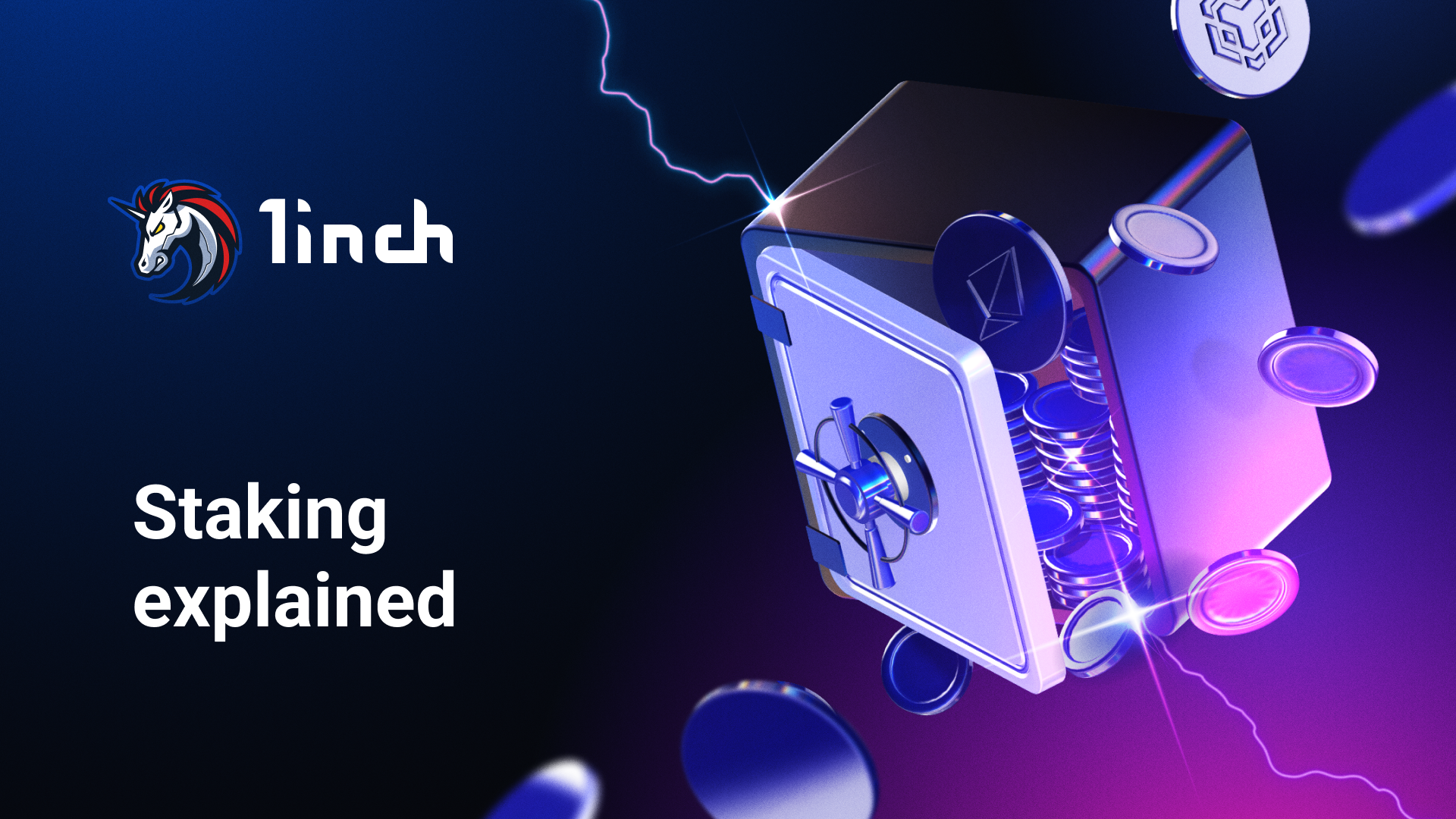What is staking and how does it work?

Implemented in various ways, staking bolsters network security, provides users with passive income and supports the stability of DeFi ecosystems.
Key takeaways:
Staking refers to the process of locking a certain amount of cryptocurrency into a smart contract, allowing users to earn an income. The term ‘staking’ comes from ‘stake’ - financial involvement and sharing of profits. Users can stake their crypto holdings to earn rewards while a blockchain or platform/project puts locked assets to work. Staking is applicable only to network tokens and networks that use the Proof of Stake consensus algorithm (PoS), like Ethereum, BNB Chain, Solana, Polkadot or Cardano. Thus, Bitcoin, for instance, does not offer a staking option since it is powered by the Proof of Work consensus algorithm.
Staking as an ability to earn passive income
Staking on DeFi platforms shares some similarities with providing liquidity. Users lock up their tokens for a fixed time period, depending on the options offered by the platform. Some platforms may not set a time limit for locking funds.
Earnings usually depend on the duration of the staking period. When users withdraw their staked tokens, they are transferred to their wallet along with the compounded interest.
Staking interest is usually accrued in the platform’s tokens. There are also blockchain games in which players can receive in-game tokens for staking. While staking utility tokens of a certain platform, users contribute to its stability and receive rewards for doing so. DeFi platforms, including DEXes, DEX aggregators and even GameFi platforms, offer various annual percentage rates (APR), which determine the interest a user receives for the staked asset over a certain timeframe.
Staking as an ability to contribute network stability and earn rewards
Staking can also be a way to contribute to the transaction processing and security of blockchains that use the PoS consensus algorithm. The consensus algorithm is a set of rules defining how network participants agree on the state of its data. It is essential for verifying transactions and ensuring network’s security.
Validators responsible for verifying transactions on the network are compensated for their work. To become a validator, one must stake a certain number of the network’s native tokens. For example, becoming an Ethereum validator requires depositing 32 ETH. Those who stake larger amounts are more likely to be selected as the next block validator, according to the PoS working principles. Meanwhile, staking can be implemented in different ways.
- Solo staking refers to running an Ethereum node and acting as a validator after depositing the required 32 ETH or more. Running a node means running software known as ‘client,’ which downloads a copy of the blockchain — new transactions and blocks. It also verifies the validity of transactions forming the blocks. One of the main conditions of running a node is that the software needs to be connected to the internet. This option offers validators an additional income based on the network’s rewards plan. Solo stakers receive rewards from verified blocks of transactions, including transaction fees. Validators directly participate in the network consensus.
- Staking pools were created as an alternative to solo staking while allowing for staking less than 32 ETH and uniting the staking power of multiple stakeholders while validating new blocks. Different teams manage staking pools, and they usually provide stakeholders with their pool tokens representing staked ETH. Pool stakers receive a portion of the rewards for each verified and validated block according to their contribution to a pool.
- ‘Staking as a Service’ (SaaS) providers allow users to deposit coins for a validator while delegating node operations to an operator meaning the service operates validators on users’ behalf for a fee.
- Cold staking enables staking by delegating staking power to a cold staking provider, who holds locked tokens in a hardware wallet and performs staking on behalf of a user.
- Liquid staking allows users to stake their tokens without locking them by minting liquid staking derivatives. These derivatives represent the original asset and match its value.





























